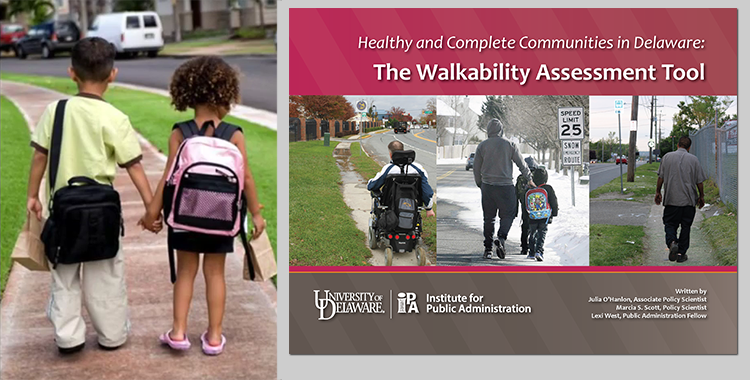
by Sarah Marshall Pragg | Jun 23, 2015 | News, Toolbox
Walkable, pedestrian infrastructure is a key element of a “Complete Community.” When sidewalks, parks, and trails are pleasant places to walk, all community members benefit. Unfortunately, not all places are walkable, but with the help of IPA’s Walkability Assessment...
by Sarah Marshall Pragg | Mar 19, 2013 | News
A new study from the Center for Neighborhood Technology affirms that homes located near public transportation maintain their property values better than homes without transit access. The study found that residential property values hold their value 42 percent better...
by Sarah Marshall Pragg | Jan 15, 2013 | News
Sam Schwartz Engineering, the transportation engineering and planning firm, and America Walks, the national pedestrian advocacy organization, are proud to announce the launch of walksteps.org. This new website is the online home of their new guide, Steps to a Walkable...
by Sarah Marshall Pragg | May 19, 2012 | News
An article written by Federal Times on May 18, 2012 reports: At military installations, suburban-style sprawl is out and walkable communities are in under new planning guidelines issued by the Defense Department that call for “compact development.”
by Sarah Marshall Pragg | May 16, 2012 | News
A new report released in April 2012 by the NJPIRG Law and Policy Center demonstrates that Americans have been driving less since the middle of last decade. The report, Transportation and the New Generation: Why Young People are Driving Less and What it Means for...


